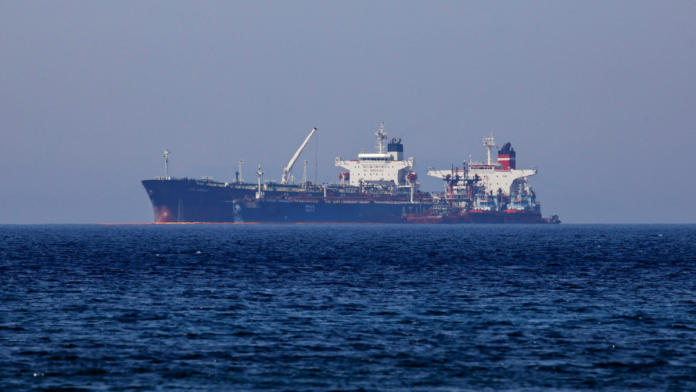China has recorded a sharp increase in crude oil shipments declared as coming from Indonesia. This rise stands out because it does not match Indonesia’s actual export levels.
According to Chinese customs data, imports labelled as Indonesian rose from less than 100,000 tons in 2024 to 9.81 million tons by October this year. This increase took place within months, making it one of the most noticeable changes in China’s oil import patterns.
However, Indonesian customs figures show that only 1.7 million tons of crude oil were exported from January to September. Out of that amount, only about 25,000 tons were officially recorded as going to China. The difference between the two sets of data has raised questions among traders and analysts who follow global oil flows.
Suspicions of Iranian Oil Being Relabelled
Traders state that the sharp rise in Indonesian-labelled oil may be linked to Iranian crude. Iranian oil is under U.S. sanctions, which restrict its sale on the international market. For this reason, some sellers attempt to hide the source of the oil by changing documentation before it reaches its final destination.
According to traders, many of the shipments suspected to be Iranian do not travel directly from Iran to China. Instead, they are often moved through ship-to-ship transfers, also known as STS transfers. These transfers commonly take place off the coast of Malaysia.
In earlier cases, Malaysian documentation was often used to cover the origin of Iranian crude. China’s customs data has repeatedly recorded imports from Malaysia that are higher than Malaysia’s production capacity, which contributed to earlier suspicions.
China’s generals vanish as Xi’s purge tears through Rocket Force — nuclear command under suspicion
Shift From Malaysian to Indonesian Labels After Tighter Scrutiny
A significant change occurred this year when Malaysia increased enforcement against illegal STS transfers. According to Energy Aspects and traders, Malaysia tightened control in July, which many believe influenced shipping and labelling patterns.
After this step by Malaysia, Chinese imports declared as Malaysian began to drop. According to the data, shipments labelled as Malaysian fell by nearly half after July, compared to a peak of 8.5 million tons recorded in March.
Traders say that during the same period, Indonesian-labelled shipments grew sharply. This timing has made analysts examine whether traders shifted to Indonesian labels after banks and authorities started paying closer attention to Malaysian-origin cargoes.
Two traders told Reuters that banks had begun to examine Malaysian-labelled shipments more carefully. This added scrutiny made it riskier for sellers to use Malaysia as the declared origin, leading some to choose Indonesia instead.
Analysts also said that once attention increases on a particular transit point, labelling practices often shift. They noted that these systems tend to adjust quickly, especially when documentation becomes a key part of moving oil from one region to another.
India’s discounted Russian oil imports come to an end with upcoming sanctions
Tracking Data Shows Strong Flow of Suspected Iranian Oil
Independent tracking firms have closely followed these movements. Kpler reported that China imported over 57 million tons of Iranian or suspected Iranian crude in the first ten months of this year, with more than 51 million tons moved through STS transfers.
Kpler’s data shows that large amounts of oil linked to Iran pass through waters near Malaysia before heading to China, and the cargo is later labelled as Malaysian, Indonesian, or another origin depending on which attracts less scrutiny.
A major indicator is the mismatch between Indonesia’s reported exports and China’s recorded imports. Indonesia’s figures cannot explain the large volumes marked as Indonesian in Chinese customs data, suggesting possible relabelling.
Energy Aspects noted that Malaysia’s tighter control measures introduced in July affected regional oil movements, which matches the drop in Malaysian-labelled shipments and the rise in Indonesian-labelled ones.
Overall, customs data, ship movements, and industry reports point to crude being transferred at sea near Malaysia and then entering China under different declared origins, with Indonesian-labelled volumes far exceeding Indonesia’s real exports.


